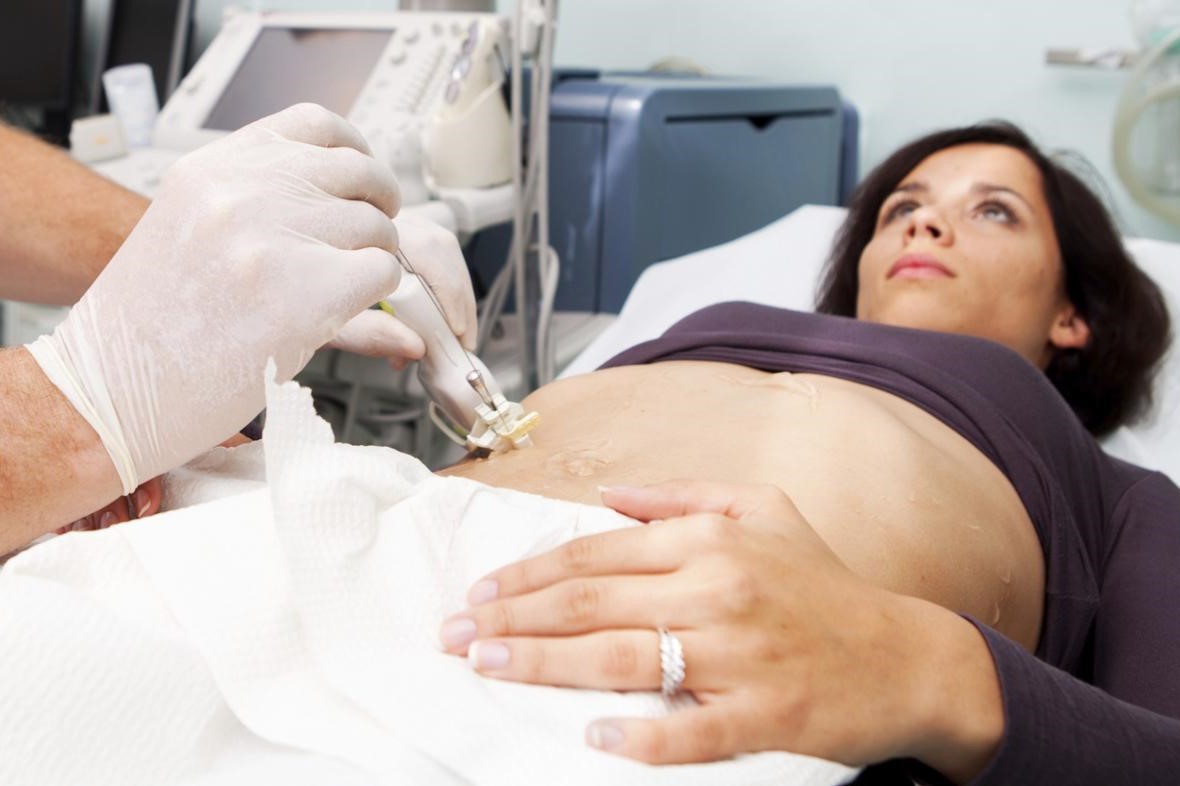
What is Liver Biopsy?
A liver biopsy is a test that consists of taking a small fragment of liver tissue (approximately 1/160,000 of the liver mass)
The biopsy is usually a painless test and requires minimal cooperation from the patient.
When to perform liver biopsy
Biopsy is the best method for the diagnosis of acute and chronic liver disease and is generally the last stage in the diagnostic process of liver disease.
In most cases, it allows a diagnosis of certainty to be made and clarifies any doubts about the aetiology (cause) and provides fundamental data for judging the severity of the liver disease and predicting its evolution.
It can also be used to assess the effectiveness of specific therapies.
It is usually used for chronic diseases that have various aetiologies and that have as their common denominator the persistence of liver inflammation.
The development of this group of diseases can be determined by numerous aetiological factors, the most important of which are
- viral infections (HBV, HCV, HDV);
- alcohol;
- autoimmune factors;
- congenital causes (Wilson’s disease, alpha1-antitrypsin deficiency, haemochromatosis);
- biliary diseases (primary and secondary biliary cirrhosis, sclerosing cholangitis).
Among the aforementioned causes, viral infections, in particular those caused by the hepatitis C virus (HCV), and alcohol are far more prevalent.
In particular, in the geographical area of Southern Italy, viral aetiology ranks first in frequency followed by ethyl abuse.
In much of northern Italy, as well as in northern Europe and other western countries, alcohol abuse is more frequent.
How liver biopsy is performed
The liver biopsy procedure involves a minimal hospital stay and can also be performed as a day hospital procedure.
The patient must be fasting and supine.
After skin disinfection and local anaesthesia, a needle (Menghini’s needle or its derivatives) is introduced at the right intercostal space.
The needle, equipped with a shearing tip with an internal vacuum channel, passes through the various layers up to the liver where, as it deepens further, it is able to take out a tissue frustule a few centimetres long (usually 2-4).
The method involves the aid of ultrasound, which allows the operator to accurately assess the path to be taken by the needle.
The ultrasound assistance may consist of the simple choice of the needle entry point (echo-assisted biopsy) or the use of biopsy guides which, mounted on the ultrasound probe, allow the needle to follow a path previously traced by the ultrasound device (echo-guided biopsy).
What are the risks of liver biopsy
The method carries an inherent risk of complications such as:
- haemoperitoneum (i.e. haemorrhage with the presence of blood in the peritoneal cavity)
- biliary peritonitis (due to the presence of bile in the peritoneal cavity);
- infections;
- haemothorax (haemorrhage with the presence of blood in the pleural cavity);
- pneumothorax (presence of air in the pleural cavity);
- pleuritis;
- intrahepatic haematoma (collection of blood inside the liver);
- puncture of other organs;
- pain.
The risk of death is extremely low and, in various case series collected, is about 0.01%, almost always associated with intraperitoneal or intrathoracic haemorrhage and biopsy performed on a liver tumour or cirrhotic liver.
Nowadays, complications are drastically reduced in number and severity due to the introduction of ultrasound guidance and new needles that are smaller in calibre and less traumatic.
The remote possibility of complications is also related to the operator’s experience.
It is therefore preferable for this investigation to be performed at a suitable specialised centre.
Biopsy does not lead to any changes in the liver, nor does it affect the course of the disease.
Resistance on the part of patients to undergo liver biopsy, which stems from false beliefs, therefore has no reason to exist.
Read Also
Emergency Live Even More…Live: Download The New Free App Of Your Newspaper For IOS And Android
Biopsy: What It Is And When It Is Performed
Fusion Prostate Biopsy: How The Examination Is Performed
Spinal Biopsy: What It Is, How It Is Performed And What Risks It Presents
Echo- And CT-Guided Biopsy: What It Is And When It Is Needed
What Is Needle Aspiration (Or Needle Biopsy Or Biopsy)?
What Is Echocolordoppler Of The Supra-Aortic Trunks (Carotids)?
What Is The Loop Recorder? Discovering Home Telemetry
Cardiac Holter, The Characteristics Of The 24-Hour Electrocardiogram
Peripheral Arteriopathy: Symptoms And Diagnosis
Endocavitary Electrophysiological Study: What Does This Examination Consist Of?
Cardiac Catheterisation, What Is This Examination?
Echo Doppler: What It Is And What It Is For
Transesophageal Echocardiogram: What Does It Consist Of?
Venous Thrombosis: From Symptoms To New Drugs
Echotomography Of Carotid Axes
What Is A Liver Biopsy And When Is It Performed?
Abdominal Ultrasound: How It Is Performed And What It Is Used For
What Is Retinal Fluorangiography And What Are The Risks?
Echodoppler: What It Is And When To Perform It


